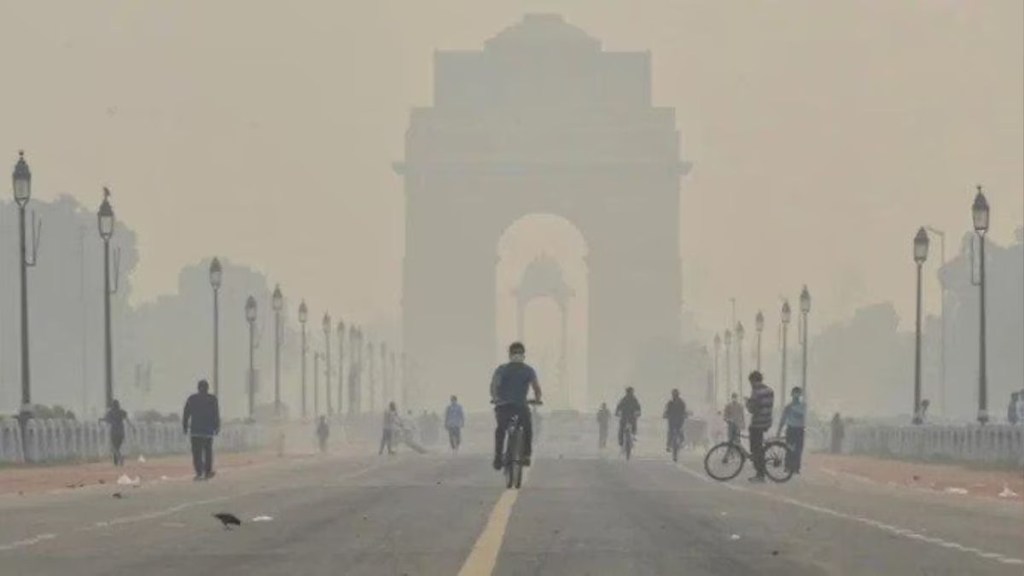When the National Green Tribunal (NGT) questioned states about how they used funds meant for tackling air pollution, the answers it received included a football ground, fountains, roads and underground drains as the items listed by states.
These funds were given under –
a) The National Clean Air Programme (NCAP) and
b) 15th Finance Commission (FC) between the financial years (FY) 2019-20 and 2023-2024.
As per an Environment Ministry submission last month in the National Green Tribunal, 19 cities flagged by the tribunal for their deteriorating air quality received Rs 1,644.40 crore.
However, documents reveal that several states underutilised the funds and some of them spent a considerable chunk on schemes that are not connected with air pollution. This point was also brought up by the tribunal itself, reported The Indian Express.
It said that in some states, “we have found that the funds have been utilised under the heads which may not have direct connection with improving air quality”. Funds are needed to be utilised as per the approved action plan, it stressed.
In November 2023, the National Green Tribunal flagged the deteriorating air quality of 53 towns and cities and asked the respective states to take “remedial measures”. The NGT told states to provide details of how they used the funds they got under the NCAP and 15th FC.
A month later, the tribunal noted that the states which had filed the reports until then had not fully used the funds and that “only few states have used it for setting up AQI monitoring stations”.
So far, Haryana, Madhya Pradesh, Jharkhand, Gujarat, Maharashtra, Punjab, Uttar Pradesh, Bihar, Rajasthan, Meghalaya, and Delhi have submitted their reports to the NGT.
Here is a summary of how the money was used in some cities:
The Jharkhand government submitted its report on Dhanbad. It informed that funds were used for the construction of four playgrounds (allotment of Rs 9.37 crore, Rs 5.1 crore spent so far) including a football ground. It also included the purchase of a “desludging machine” for Rs 3.03 crore.
The Bihar government submitted its report on Patna. It informed that funds from the 15th FC (Rs 184.58 crore spent) were used for activities including “desilting of drains”, “construction of roads and underground drain work”, renovation of old parks, procurement of CNG buses, purchase of water sprinklers, sweeping machines, and establishment of an electric crematorium.
The national capital of India, Delhi, is in the process of spending its National Clean Air Programme funds on 28 anti-smog guns, 14 mechanical road sweepers, two pothole repair machines, “creation of green buffers along traffic corridors”, “end-to-end paving”, and construction and demolition waste management, reported The Indian Express.
In Punjab, funds for Ludhiana were spent on new roads, road-sweeping machines, anti-smog guns, and the widening of roads. In Amritsar, too, a big chunk of allocation of the funds (Rs 21.93 crore out of a total expenditure of Rs 63.87 crore) went towards paving roads.
In January 2019, the National Clean Air Programme was launched with an initial target of reducing PM10 and PM2.5 levels by 20 to 30 per cent by 2024 compared to 2017 levels.
Later, the target was changed. Bringing down particulate matter by 40 per cent or achieving national ambient air quality standards by 2025-26 was set as the new target.
A total of 131 cities got funds under NCAP or grants sanctioned by the 15th FC for air quality improvement.

